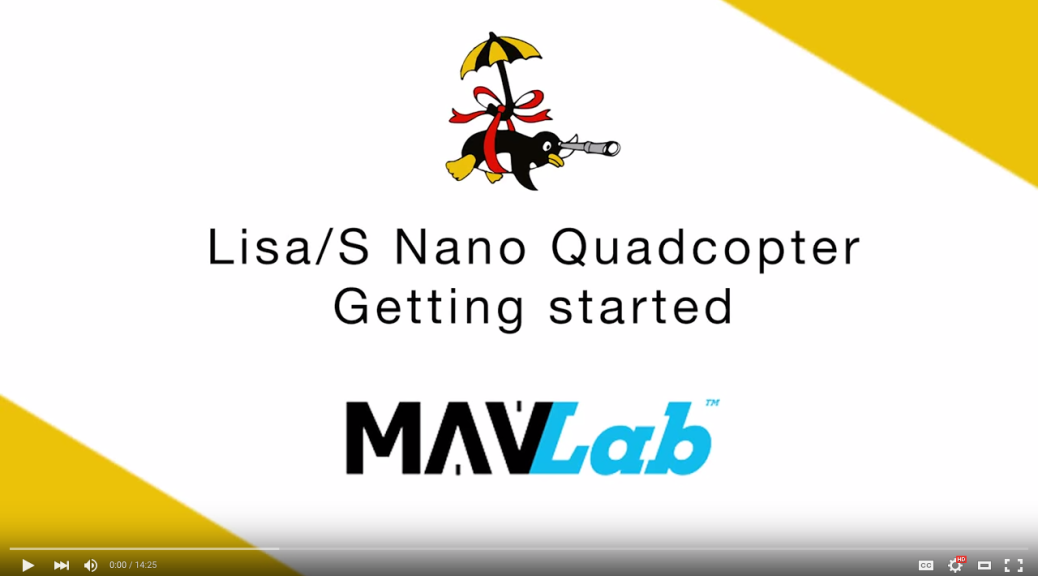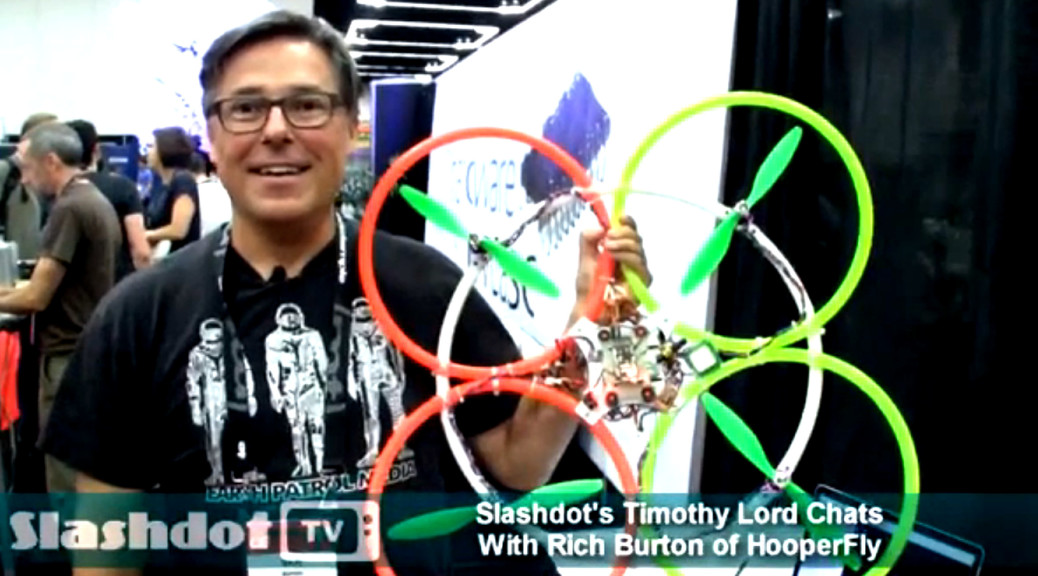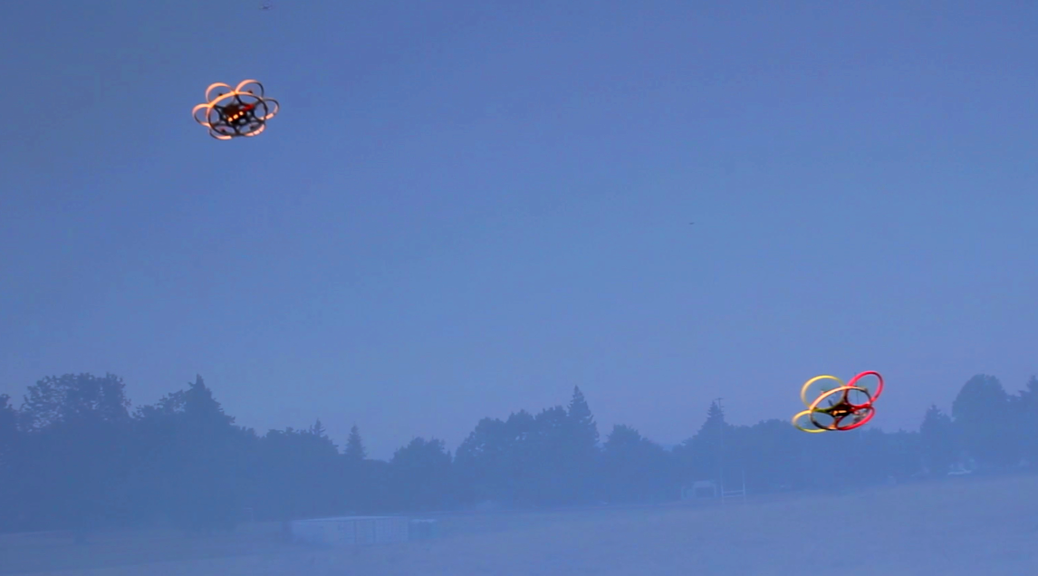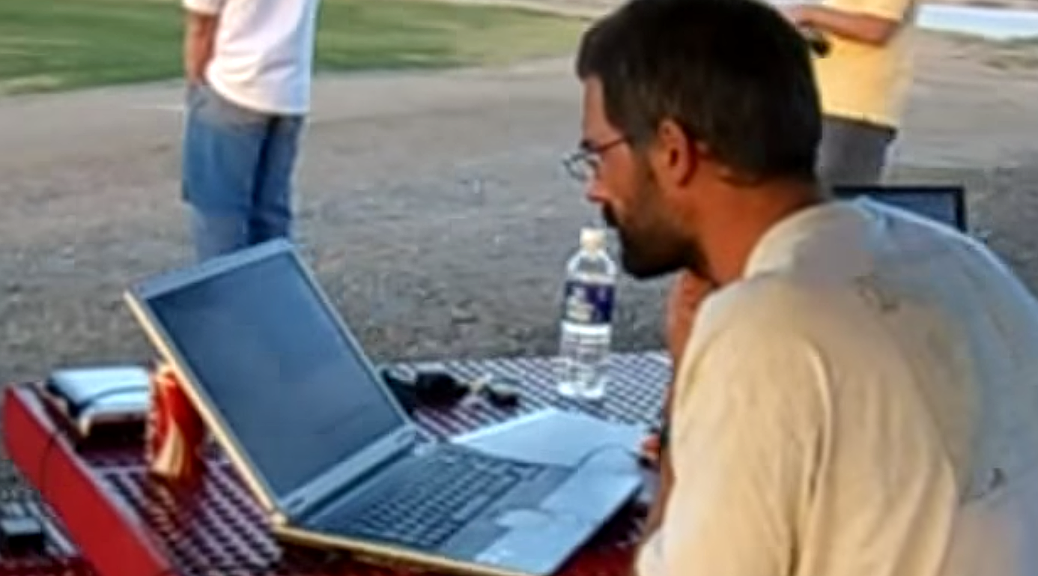The awesome guys from the TU-Delft MavLab have created another of their great tutorials. This time they explain how to get started with a Lisa/S based Nano Quadcopter.
Category Archives: Videos
PaparazziUAV Flying Robots on Slashdot
The kind folks over at Slashdot.org were nice enough to stop by the PaparazziUAV booth at OSCON 2015 to talk about flying robots. Thanks Tim for the opportunity to talk about HooperFly, the Lisa/MX autopilot from 1bitsquared and the coolest open-source UAV software on the planet, PaparazziUAV.
Here’s a link to the video: Flying Robots on Slashdot.org
Paparazzi UAV + HooperFly = Flying Robots
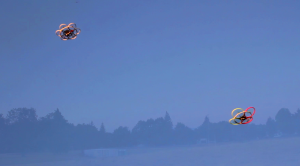 HooperFly made a great video showing off two of their airframes, flying completely autonomously. These robotic aircraft are based on HooperFly’s own rugged airframe design the TeensyFly and feature Paparazzi UAV powered Lisa/MX autopilots. The multi aircraft support in Paparazzi makes these types of flights possible.
HooperFly made a great video showing off two of their airframes, flying completely autonomously. These robotic aircraft are based on HooperFly’s own rugged airframe design the TeensyFly and feature Paparazzi UAV powered Lisa/MX autopilots. The multi aircraft support in Paparazzi makes these types of flights possible.
Paparazzi UAV Videos 2004-2010
A few days ago ENAC UAV Lab uploaded their Paparazzi UAV video collection from 2004-2010. If you are interested in some Open-Source UAV history you should take a look at them.
It is exciting to see how many things Paparazzi UAV could already do 5 to 10 years ago, as well as how far things have improved and evolved since then.
One of the highlights is a multi UAV flight at IMAV2006. This is 9 years ago. It is great to see how relaxed the safety pilots are. 🙂
Another highlight is the Paparazzi UAV Ground Control Station (GCS). It definitely has many of the elements of how the GCS looks today but it definitely changed and improved over the years.
TU Delft Student Challenge 2015
Students at the TU Delft MavLab compete with ARDrones running Paparazzi to fly seamlessly around obstacles without injuring the aircraft. The object to autonomously avoid all obstacles. This is a fantastic demonstration of the flexibility of the Paparazzi system and its ability to fly accurately around waypoints.
Paparazzi on the Parrot Bebop
The TU Delft MAVlab team made a great video showing off the ease of use of the Paparazzi UAV system on the new Parrot Bebop platform.
BBC Interview with Bart Remes
Great BBC interview with Bart Remes, head of the Mavlab at TU Delft. Bart shows off the Lisa/S Nano Quadcopter and comments on the usefulness and safety of sub-miniature UAV.
Building the Lisa/S Nano Quadcopter
The TU Delft MAVlab team has created an engaging tutorial showing the step by step assembly of the new Lisa/S Nano Quadcopter. With these instructions you will be flying in no time! 🙂
Paparazzi on the Parrot ARDrone
The TU Delft MAVlab team have made a series of tutorials for the Parrot ARDrone. Showing off the ease of use of the Paparazzi UAV system on the platform.
Getting started
Autonomous Flight
IMAV 2014 Recap
IMAV 2014 was a great experience this year. If you don’t know what it is, its a micro air vehicle competition and conference that was held in Delft, Netherlands.
During the three days of the conference, there were many very interesting talks and presentations as well as an incredible showcase of research talent during the competition. Here is a playlist of the talks, they can be found on the TU Delft MAVlab YouTube channel.
One talk we wanted to highlight was presented by Gautier Hattenberger from ENAC, he is also one of the core developers of Paparazzi UAV. He gave a very interesting talk highlighting the use of the Paparazzi UAV framework in autonomous aerial robot research.
Bart Remes gave a presentation on the Paparazzi UAV Lisa/S and nano Quadcopters. If you are interested in the technical side of the hardware you will definitely enjoy his talk.
If you were curious about the results of the competition, the first place was taken by a Singapore team with a great fleet of high tech quadcopters. The second place went to a German team led by Prof. Dr.-Ing. Klaus-Peter Neitzke that flew completely FPV and the third place went to our friends at ENAC flying Paparazzi powered quadcopters and airplanes. They also created the most usable and complete aerial maps of the village.
And finally we have to thank Bart Remes and the TU-Delft MavLab team that made the whole event possible.
